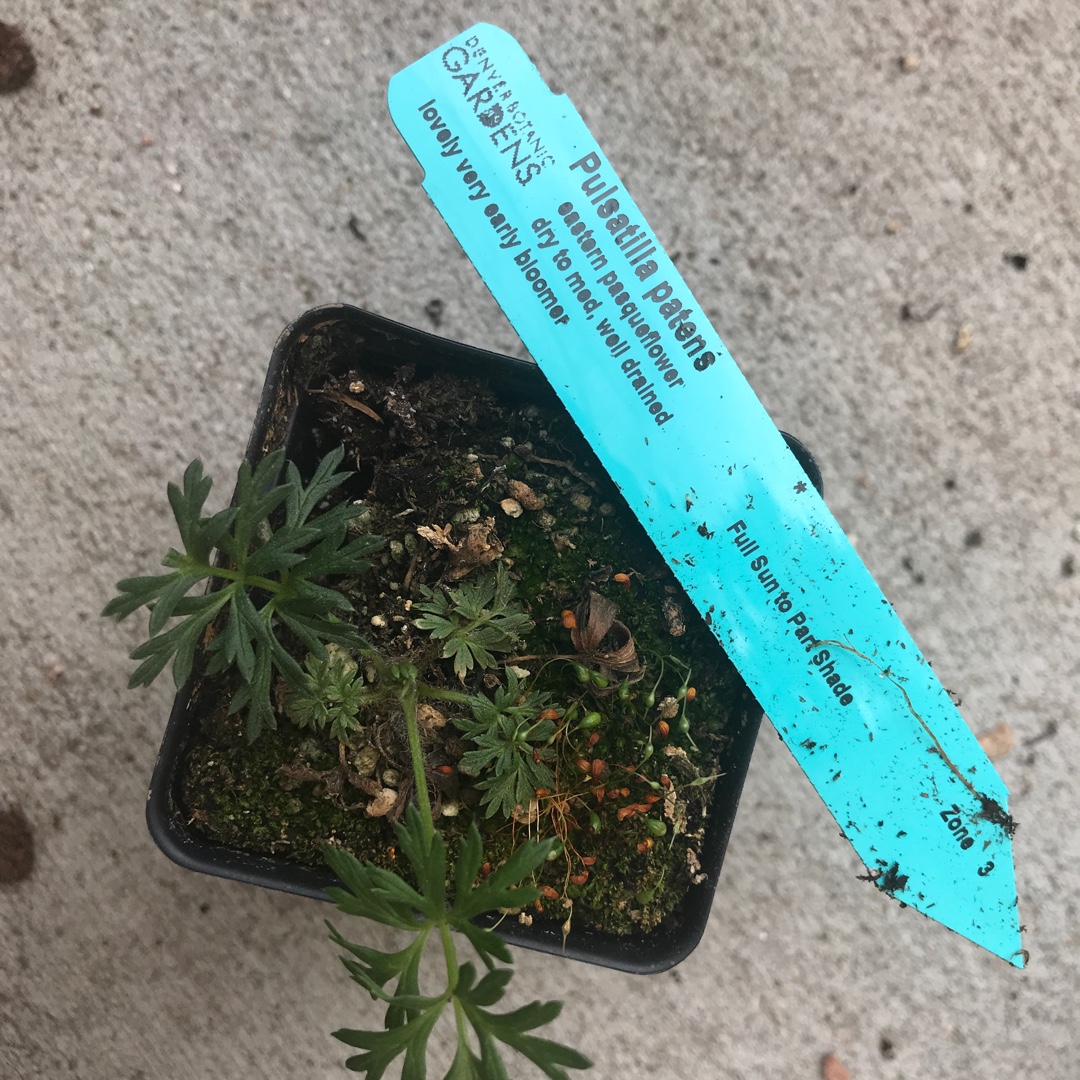
Pulsatilla patens syn. Anemone patens
Eastern Pasqueflower
Pulsatilla patens is a clump-forming perennial with slightly hairy fern like leaves and produces lavender violet flowers very early in the Spring. The flowers are followed by silky seeds. This species is originally native to North and Central Europe, to Siberia and Northern China. It requires sharp drainage and dislikes wet.
Contributed by @cdngrl
-
Full sun to partial shade
-
Very little water
-
Full Frost Hardy: 5F (-15°C)
-
Free draining
Common name
Eastern Pasqueflower
Latin name
Pulsatilla patens syn. Anemone patens
type
Herbaceous Perennial
family
Ranunculaceae
ph
5.6 - 7.8 Acid - Neutral
Plant & bloom calendar
-
Best time to plant
full grown dimensions
 0.15 M
0.30 M
0.15 M
0.30 M
Pulsatilla patens syn. Anemone patens
Pulsatilla patens is a clump-forming perennial with slightly hairy fern like leaves and produces lavender violet flowers very early in the Spring. The flowers are followed by silky seeds. This species is originally native to North and Central Europe, to Siberia and Northern China. It requires sharp drainage and dislikes wet.
Plant container plants
From Mid Spring TO Late Spring
Plant container plants in a sunny position.
Propagation by seed
From Early Summer TO Mid Summer
Sow seed on top of compost, take care the seed is like dust!







